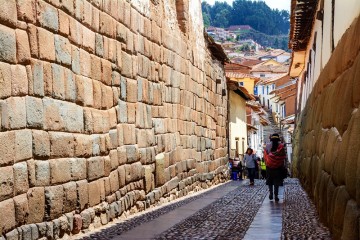
Andean Explorer
Explore the cultural heartland of the Incas. Lima, Arequipa, Colca Canyon, Lake Titicaca, Cusco, the Sacred Valley and Machu Picchu.
With their distinctive bowler hats, long braids and colourful pleated skirts, the Cholitas of South America have come to be considered the most iconic symbol of the Central Andes and, in particular, of Bolivia. Yet, as revered as the indigenous Aymara and Quechua women may have been to outsiders, Cholitas faced a fierce struggle to be respected in their own home countries.
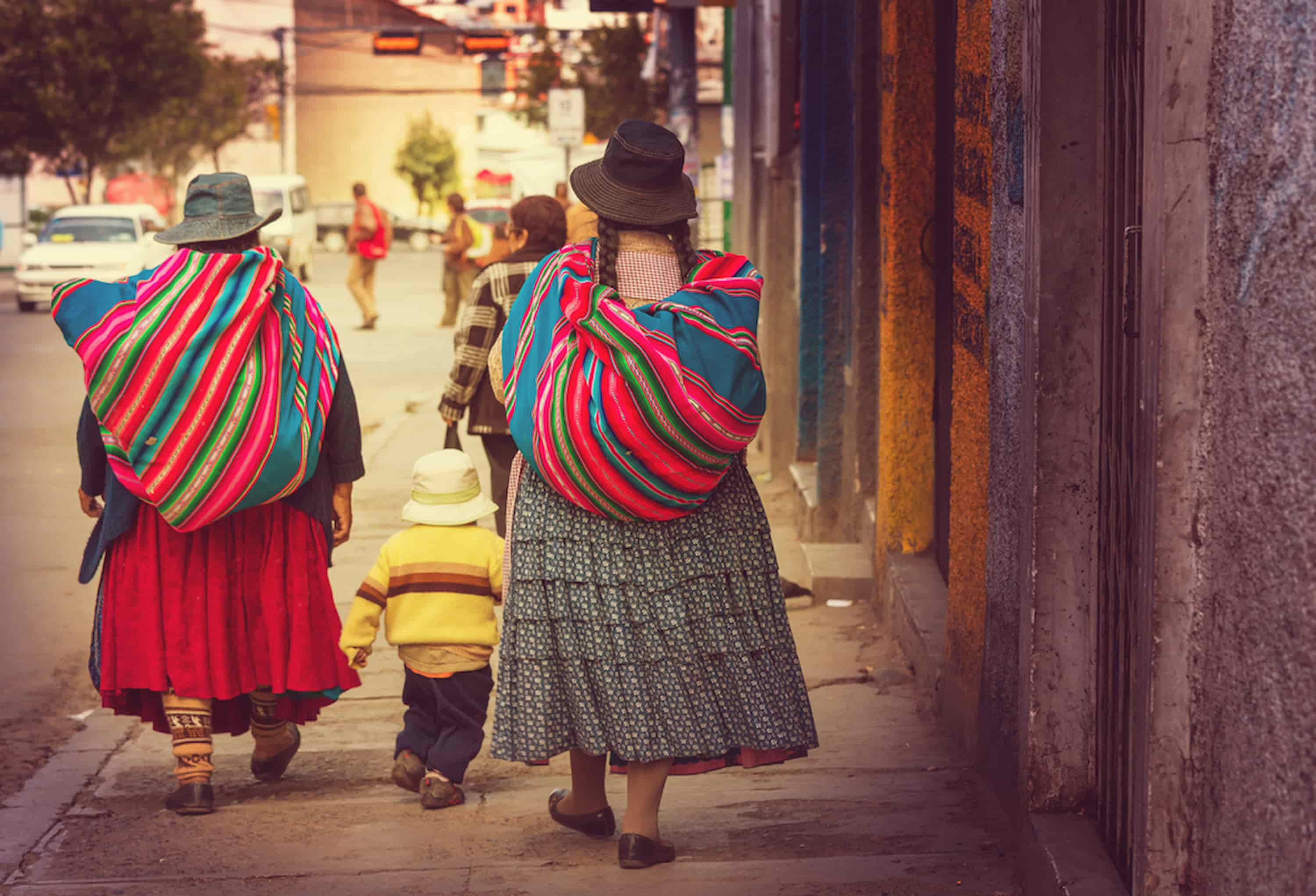
Cholitas in La Paz, Bolivia.
For much of the 20th century, cholitas faced severe discrimination in South America’s central Andes. The word "cholita" itself was once a derogatory term used to belittle indigenous women, a female version of a "cholo", or someone of mixed race.
While mostly associated with Bolivia, Cholitas were also present in Peru and Chile. In all three countries, to varying degrees, these indigenous women faced terrible discrimination. They were banned from certain public spaces, denied entry into restaurants, and prohibited from wearing their traditional clothing in government buildings. In extreme cases and only in some regions, Cholitas and other minority women were subjected to government policies like the 1990s forced sterilisation campaign, which disproportionately affected rural, indigenous women. The discrimination was deeply rooted and extended beyond their unique attire.
Today, the term has been rightfully reclaimed, and Cholitas stand as proud figures of indigenous identity, breaking into spaces that were once inaccessible to them—in business, politics, and even extreme sports. Cholitas are one of South America’s most important cultural assets, and in a world that's modernising way too fast, preserving their identity is of the utmost importance.
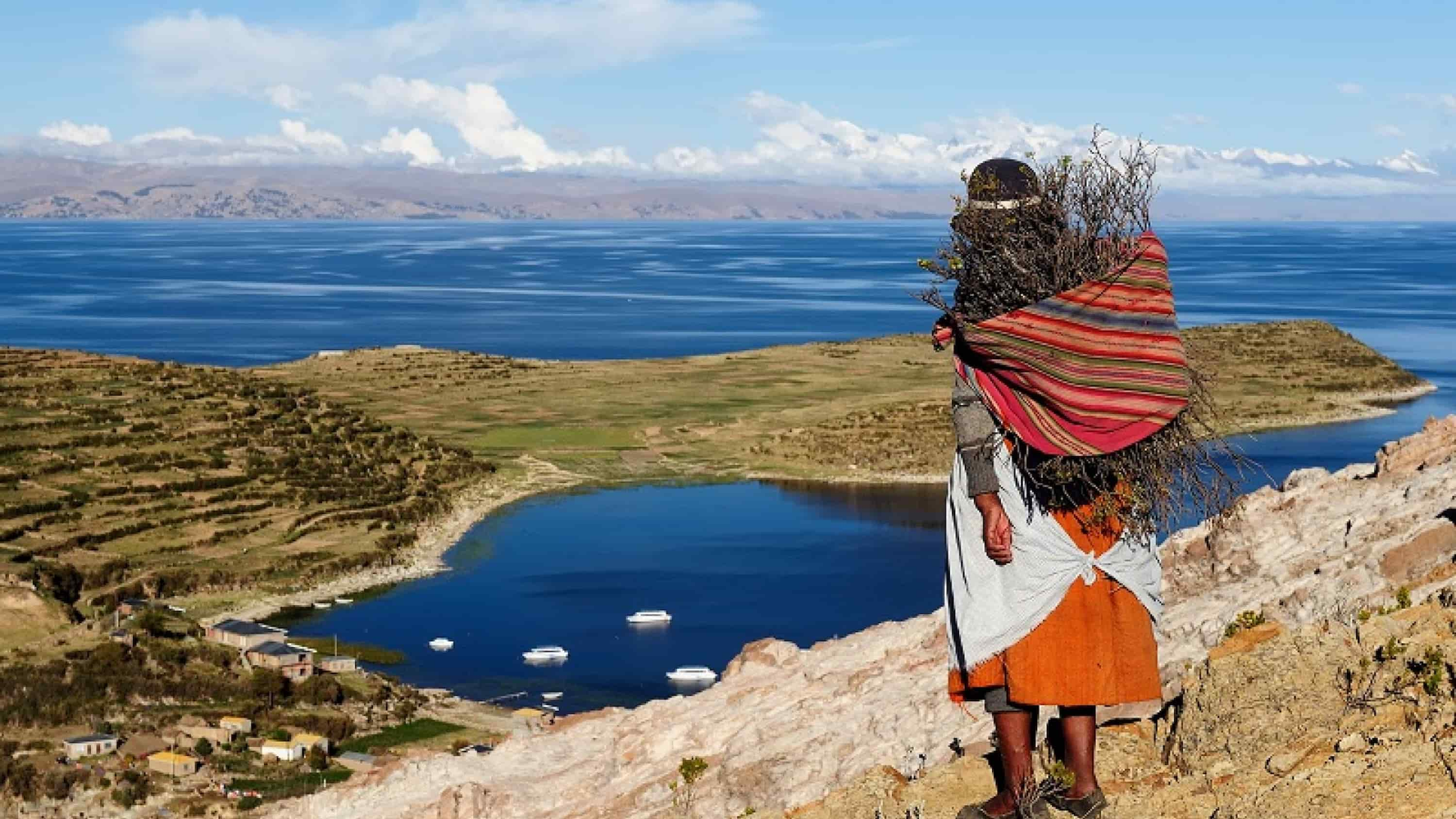
From discrimination to pride: Cholitas in Bolivia, Peru, and Chile reclaim their indigenous heritage.
After decades of struggling to protect their culture and identity, the indigenous communities of the Central Andes scored a colossal win in 2005, when Bolivia made history by electing Evo Morales as its first indigenous president. When he took office, Morales focused on improving the lives of his country'sndigenous people, and increase their representation in government.
New and groundbreaking policies promoted indigenous involvement across all sectors of society, leading cholitas to step into public life in ways that were previously unimaginable. They emerged as key players in government, pursued higher education in greater numbers, and became prominent in various industries, from banking to television. Even wearing their traditional polleras in government offices—once strictly prohibited—became a bold symbol of this transformation.
This new wave of indigenous empowerment not only saw the rise of cholita wrestlers, fashion icons, and small-business owners, but it also had a ripple effect, uplifting cholitas throughout the Andes.The distinctive style of cholitas became a symbol of national pride rather than a mark of exclusion.
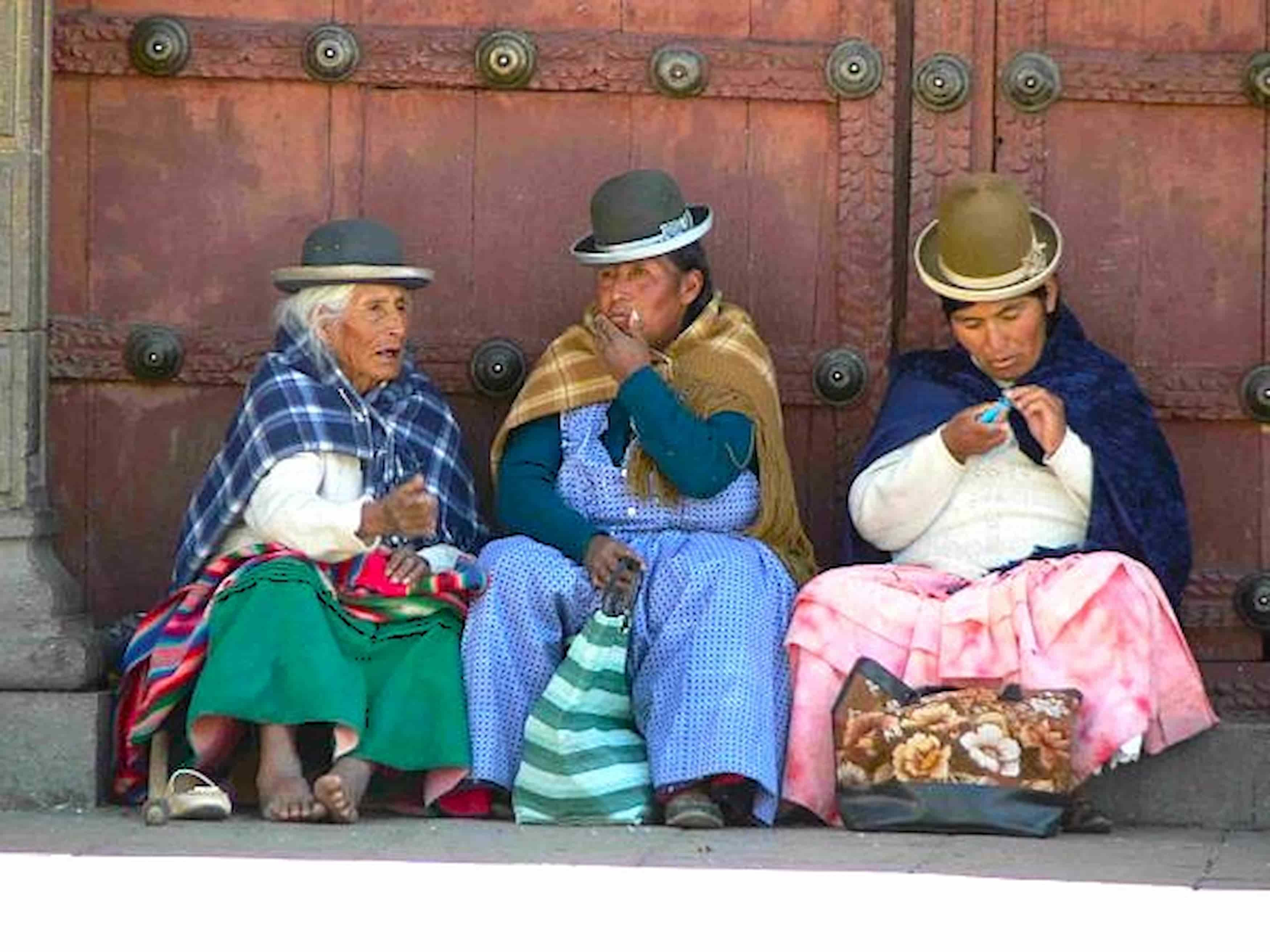
Morales' tenure eventually became highly controversial in Bolivia, particularly after he sought a fourth term in office in 2019. Yet while contrasting opinions on his leadership remain, the cholitas' resurgence is here to stay.
The bowler hat—better known as the Borsalino—is a defining piece of cholita fashion. Sure, they're worn elsewhere but let's be real—noone pulls them off quite like the cholitas of South America—not even Churchill.
Originally an English creation from the 1800s, these hats made their way to Bolivia thanks to British railway workers. How they ended up as a staple of Aymara women's dress, however, is still a bit of a mystery. The most plausible explanation is that the hats were 'marketed' as the latest European trend to Bolivian women once it was clear that the men wouldn't buy them. Being proud of their appearance since way back when, the Cholitas were easily enticed to add them to their wardrobe, thus starting a tradition that's nowadays an intrinsic part of their indigenous culture of South America.
The precise positioning of the Borsalino on the head showcases the woman's marital status, straight if they're married and with a sideways tilt if they're single.
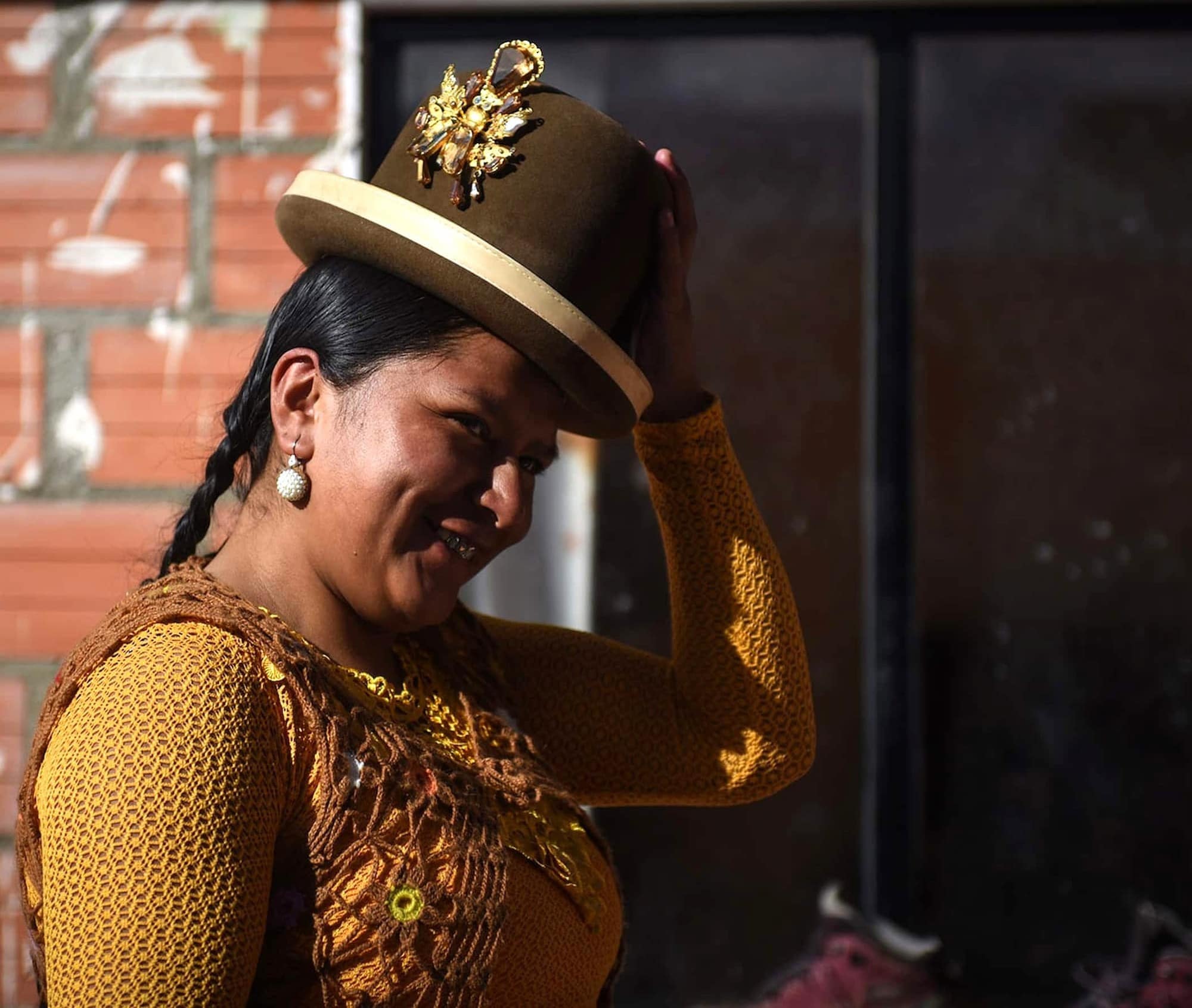
The bowler hat—better known as the Borsalino—is a defining piece of cholita's fashion.
When it comes to those gloriously colourful dresses, uniformity is less prominent across the Andes. Regional distinctions dictate the colours and fabrics used. Generally, however, voluminous layered skirts, called pollera, go down to below the knee and are worn above a puffy underskirt (enagua), all teamed up with cotton shirts (blusa) and a single-coloured warm woollen shawl (manta), usually made of alpaca or llama wool.
Ironically, the pollera also started out as a colonial imposition, with Spanish rulers forcing indigenous women to dress in a more European fashion. But Cholitas took that imposition and made it their own. Over time, they turned the pollera into something beautiful, and deeply symbolic—a proud emblem of their culture.
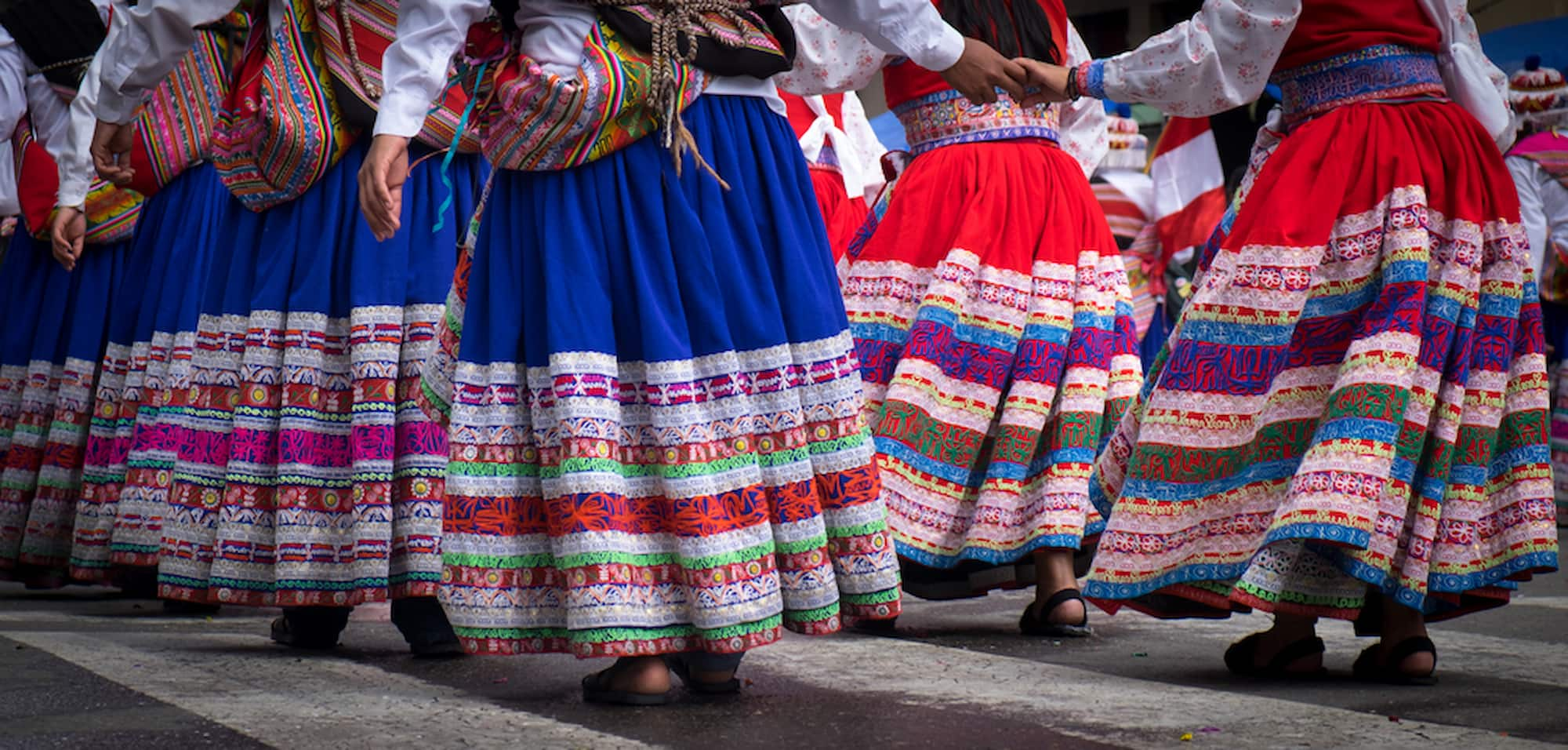
Coletha's turned pollera into something beautiful, and deeply symbolic—a proud emblem of their culture.
Bolivia's Cholitas are the most well-known, thanks to the rise of the famous Cholita Wrestlers of La Paz (Cholita Luchadoras), a group of indigenous women who perform in full traditional dress, flipping opponents in the ring with seemingly little effort.
Watching Wrestling Cholitas in Bolivia is an unparalleled cultural experience you shouldn't miss when visiting.
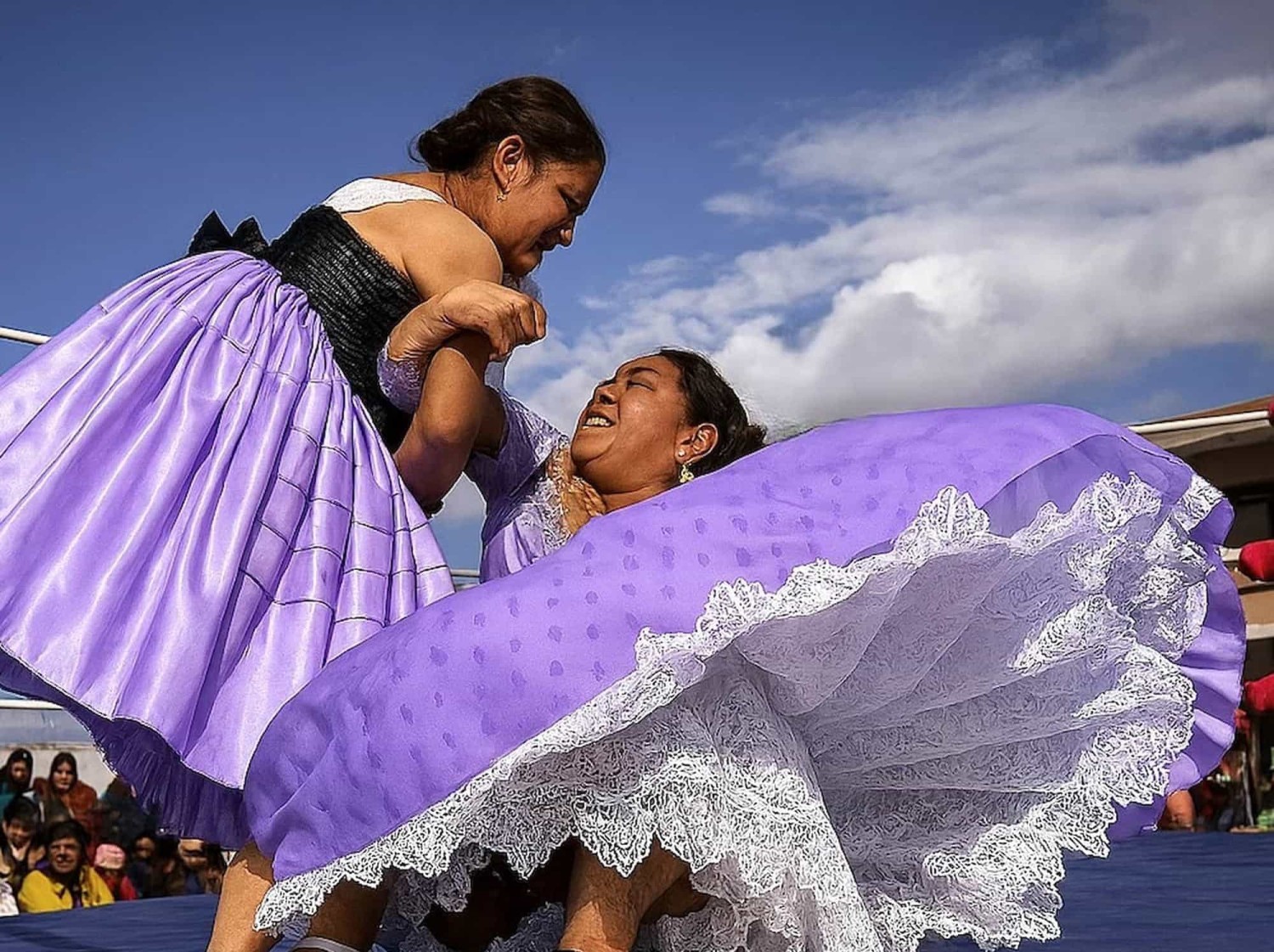
Cholita Wrestlers of La Paz (Cholita Luchadoras), a group of indigenous women who perform in full traditional dress.
Although less famous, the Cholitas of Peru boast an equally rich heritage. Indigenous women in the Andean highlands also wear polleras paired with embroidered blouses, though styles and colours vary by region.
In Cusco and Puno, women don brightly woven skirts and distinctive wide-brimmed hats, each village having its own unique style.
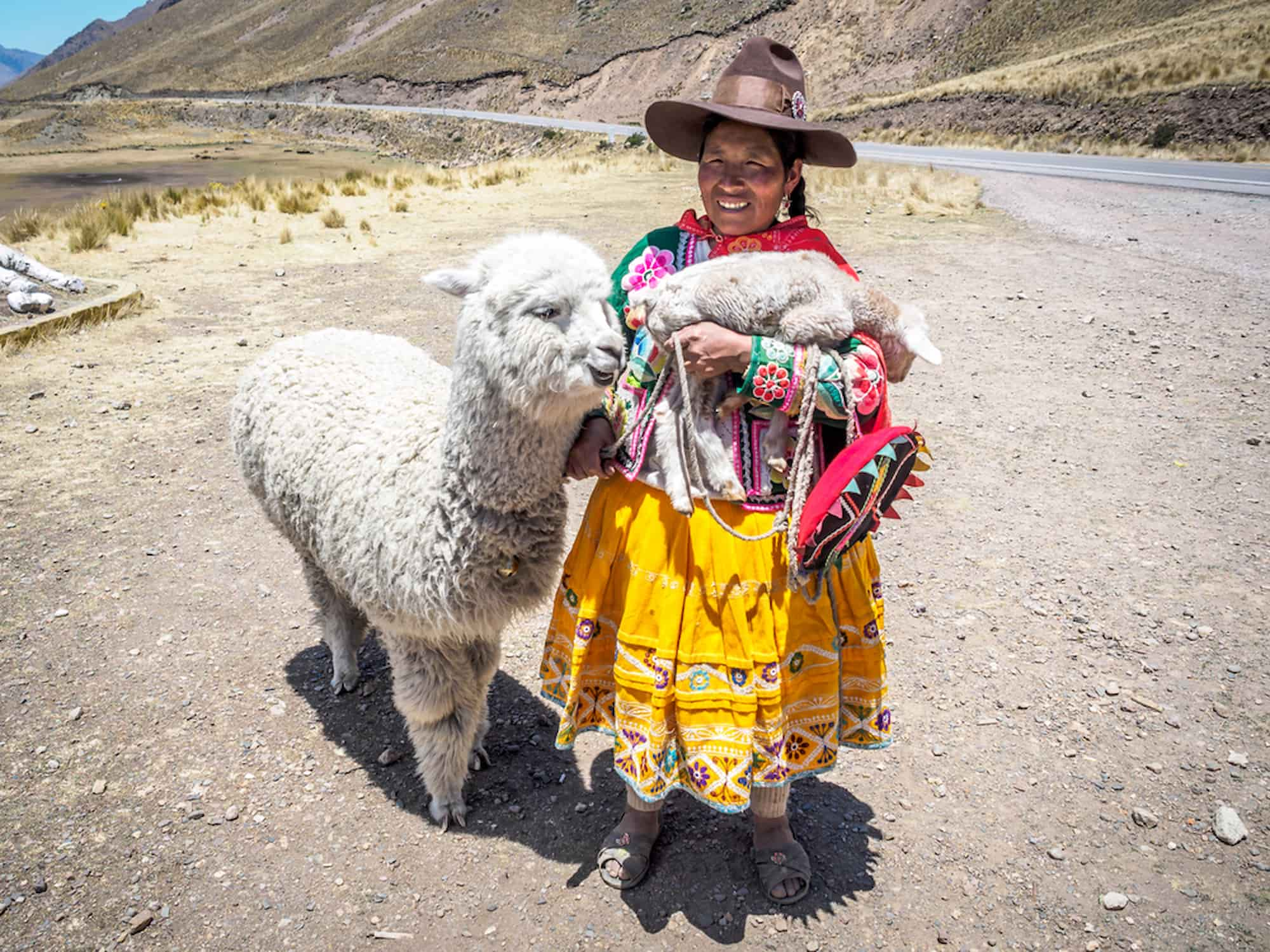
Although less famous, this is what Cholitas in Peru look like. They also wear polleras paired with embroidered blouses, with styles and colors varying by region.
One of Peru's most inspirational movements is the Cholitas Escaladoras—a group of indigenous women mountaineers who scale Andean peaks in their traditional skirts. They've broken gender barriers and economic challenges to conquer some of South America's tallest peaks, including the 6,438-metre Huayna Potosí.
While Bolivia's Wrestling Cholitas have turned strength into spectacles, Peru's cholitas made their mark in outdoor adventure and environmental activism.
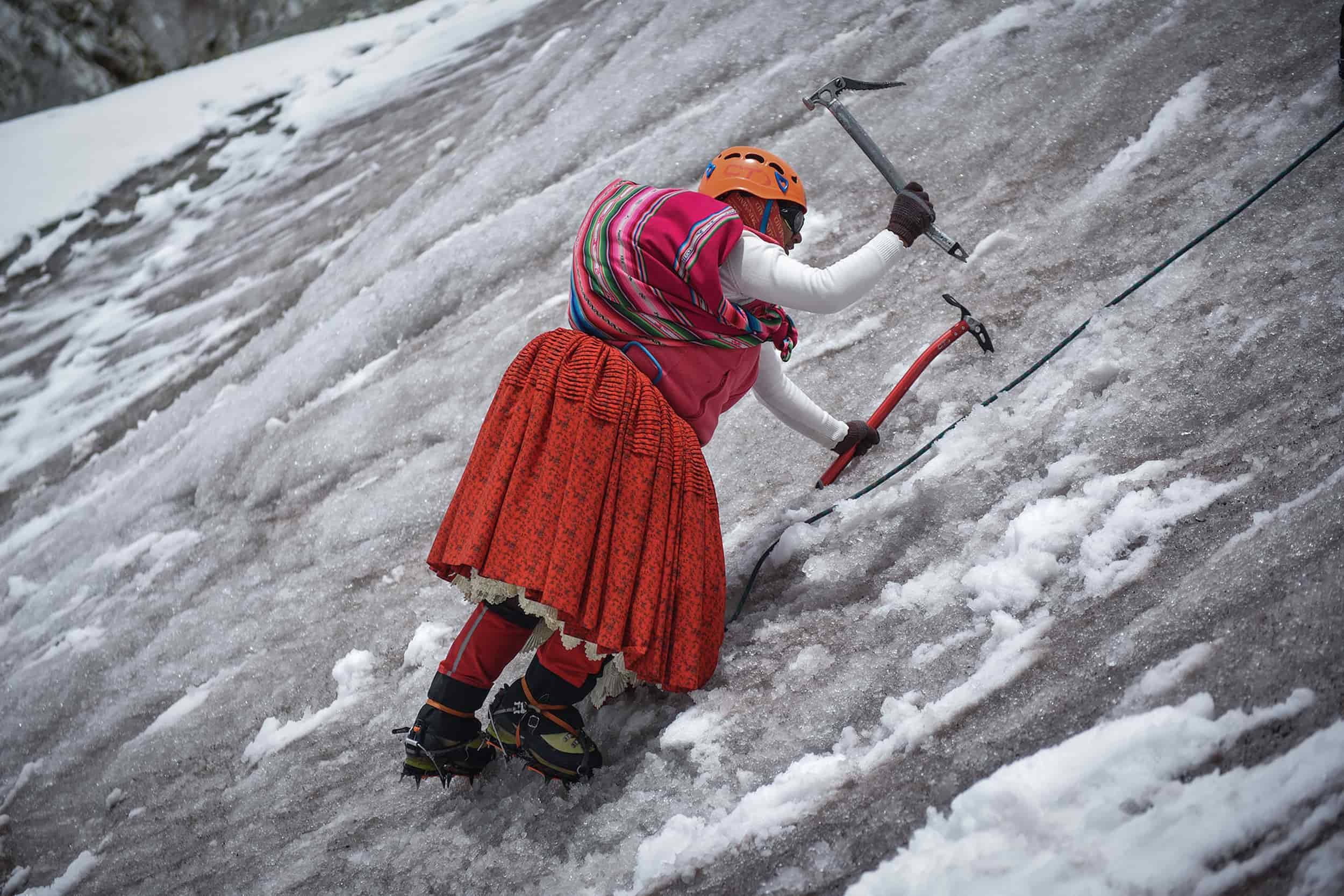
Cholita's Escaladoras—a group of indigenous women mountaineers who scale Andean peaks in their traditional skirts.
The rise of cholitas in the mainstream has reshaped South American identity in ways that would have been unthinkable just a few decades ago. What was once a source of shame for many Indigenous women—traditional fashion—is now a symbol of pride.
Indigenous high fashion is thriving, with designers bringing cholita styles to international runways. Bolivia even hosts an annual Cholita Fashion Show, where women showcase their finest polleras—each one a masterpiece of intricate embroidery, precise pleats, and layers of elaborate (and pricey!) fabric.
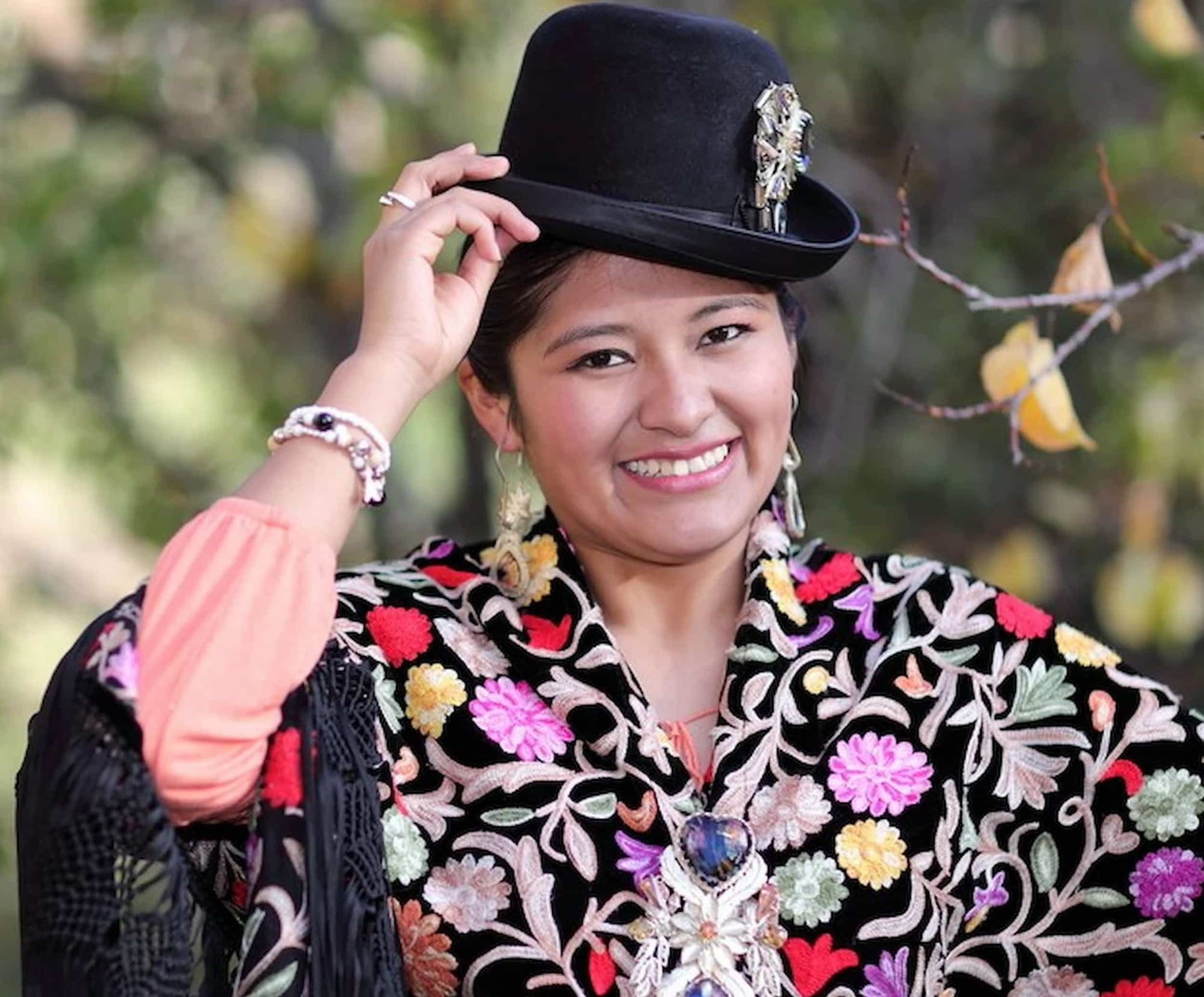
Cholita woman wearing the traditional styled Polleras.
Indigenous women are stepping into politics, especially in Bolivia, where Aymara women now hold government positions—proudly wearing their traditional dress in parliament.
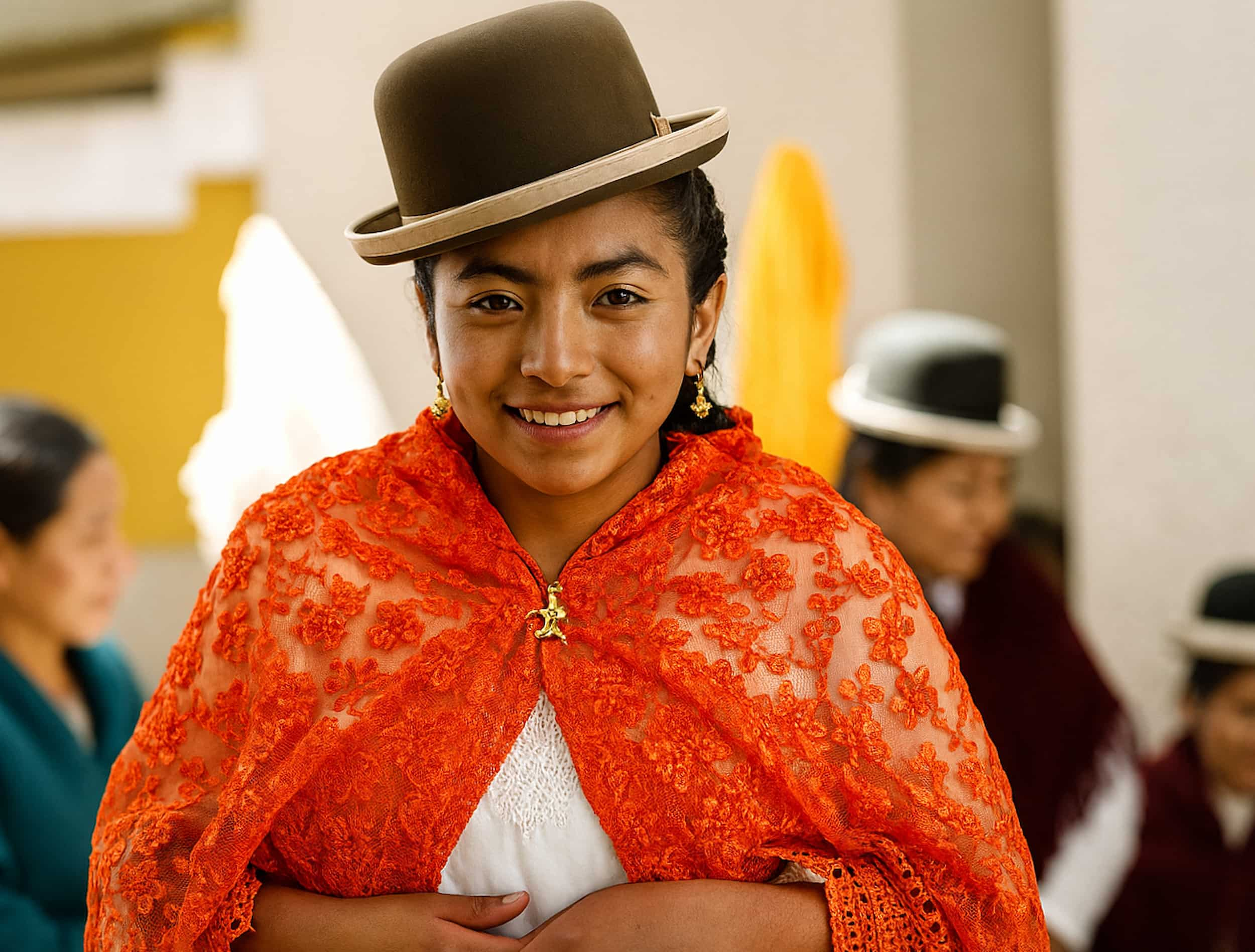
Woman proudly wearing their traditional dress in public offices.
It goes without saying that tourism has also played a huge in elevating the Cholita identity. Visitors to Bolivia and Peru are increasingly drawn to experiences that highlight indigenous culture, from La Paz’s high-energy Cholita wrestling matches to the bustling markets of Cusco and Puno, where Aymara and Quechua women sell colourful textiles and handwoven goods.
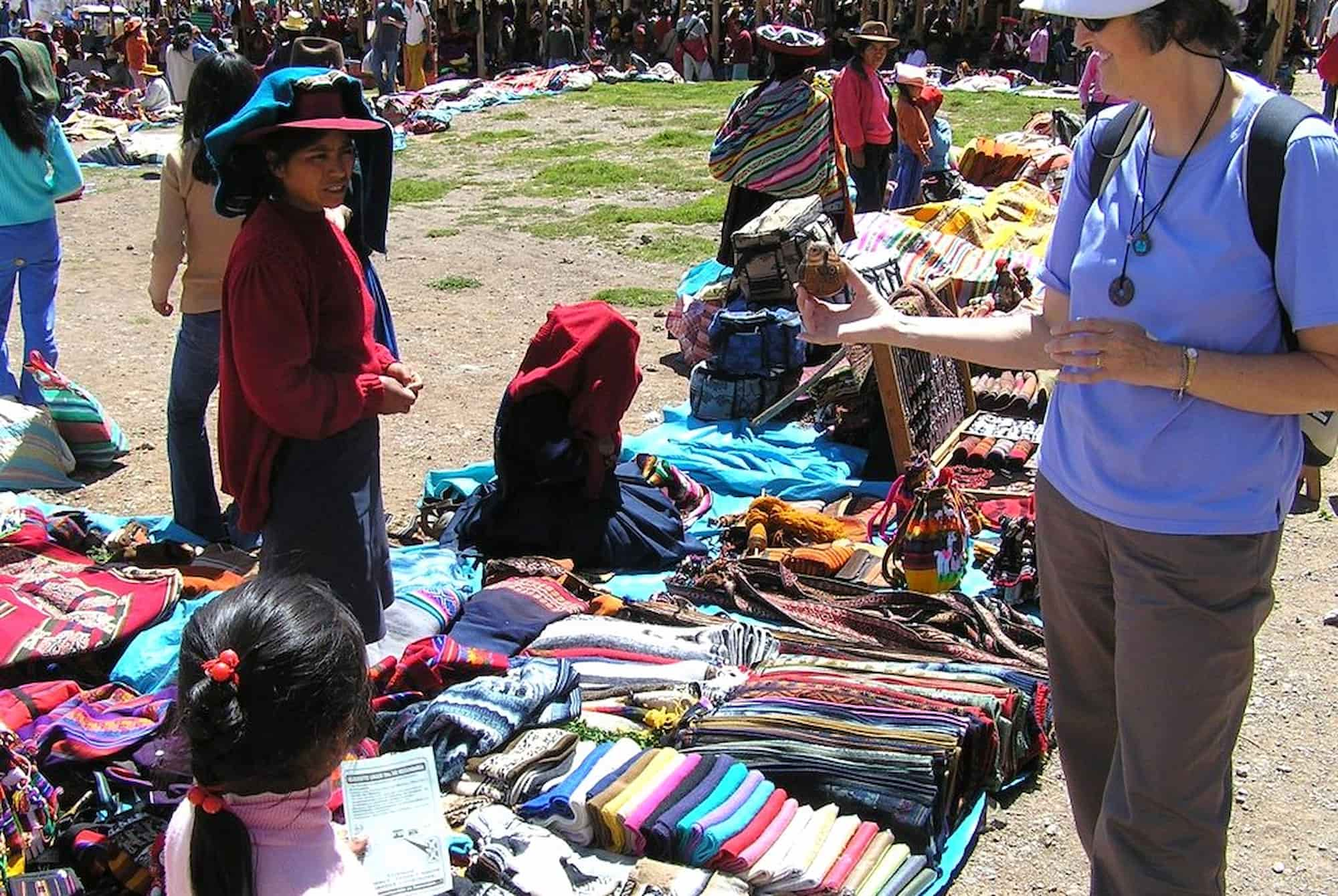
Quechua women selling colourful textiles and handwoven goods.
The positive changes Evo Morales brought for indigenous cultures in Bolivia partially remained after his departure in 2019, yet they have since faced setbacks.
At Viva Expeditions, we’re proud to support micro-financing initiatives for indigenous women, helping cholitas grow their businesses and build long-term stability for themselves and their communities.
Want to understand the true cholita meaning on your next trip to South America?
Reach out to our Destination Specialists and start planning your once-in-a-lifetime trip to Peru and Bolivia today!
Laura PattaraLaura Pattara writes for Viva Expeditions with a special love for all things Latin America. She had guided overland tours across the continent, reached Machu Picchu five times on foot, and even dressed up as a giant toucan for Carnaval. With a degree in languages and two decades of global travel experience behind her, Laura has a long-standing love for the Andes, soaring condors, and a truly delicious empanada. |

Explore the cultural heartland of the Incas. Lima, Arequipa, Colca Canyon, Lake Titicaca, Cusco, the Sacred Valley and Machu Picchu.
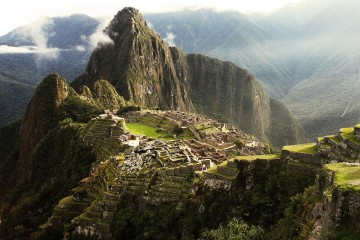
Signature Tours: Refined, Simplified, Perfected
Premium itineraries carefully crafted by destination experts. Take in the very best of South America and Central America, with highly-rated hotels and exclusive authentic experiences.
Our classic best of Peru offering our favourite Lima, Cusco, Sacred Valley and Machu Picchu by train experiences, handpicked for you.
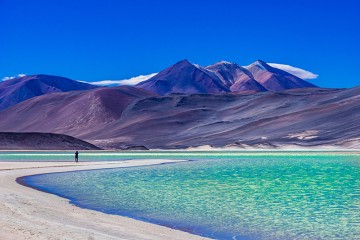
Signature Tours: Refined, Simplified, Perfected
Premium itineraries carefully crafted by destination experts. Take in the very best of South America and Central America, with highly-rated hotels and exclusive authentic experiences.
Journey of awe-inspiring vistas, from the desert landscapes of the Atacama, across the beautiful Salt Flats of Uyuni, to the shores of Lake Titicaca.